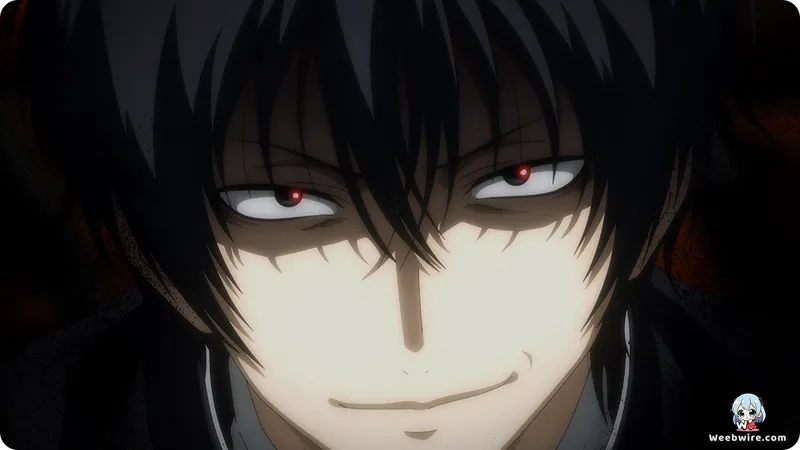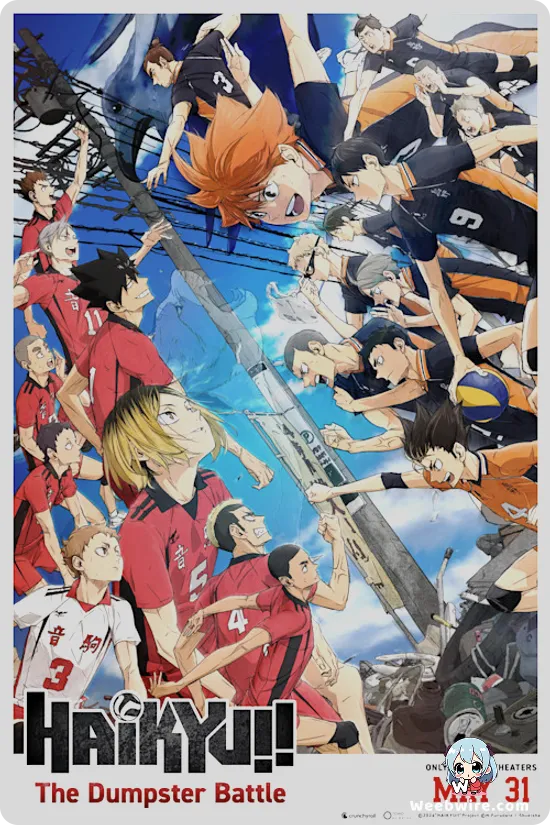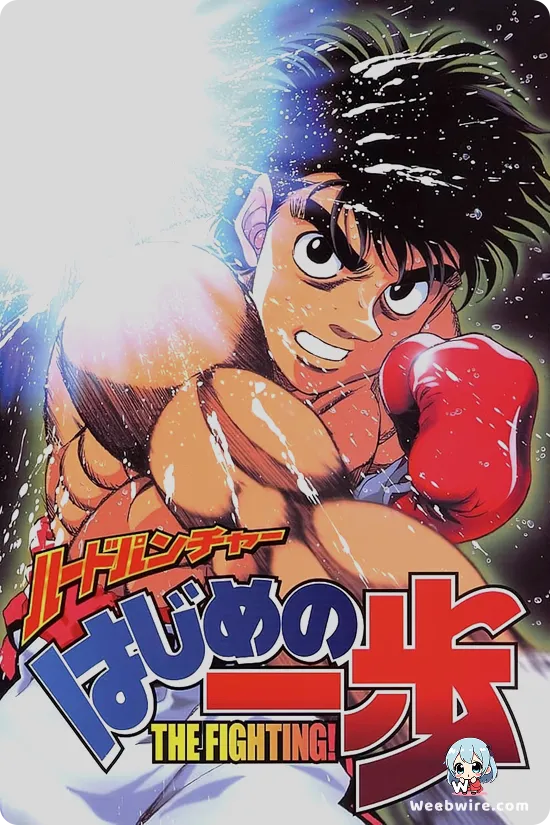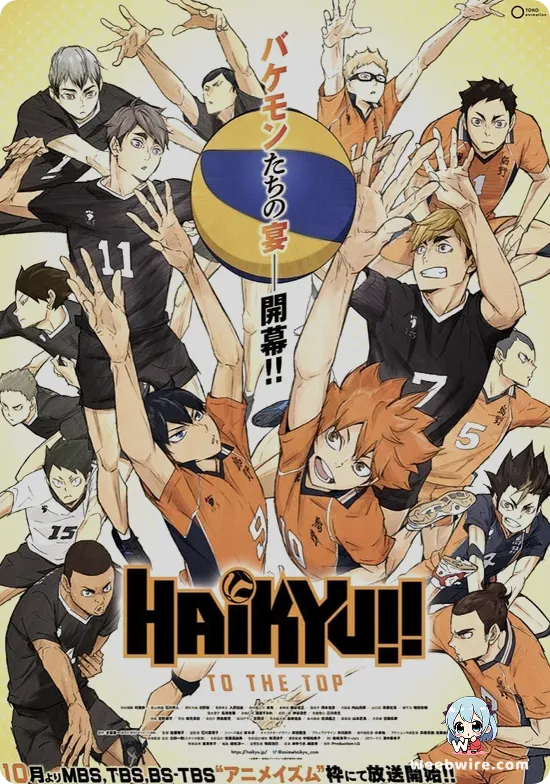Unmasking Yuuichi Katagiri: How Tomodachi Game Weaponized Real-World Psychology and Game Theory to Create Anime's Most Chilling Thriller

Since its 2022 anime debut, Tomodachi Game has cemented its status as a cornerstone of modern psychological thrillers. Yet, what often goes unexamined is the intricate foundation of real-world psychological and game theory principles upon which the series’ brutal challenges are constructed. Far exceeding mere surface-level debt traps and high-stakes betrayals, the narrative masterfully serves as a chilling behavioral study, meticulously leveraging concepts from social psychology to escalate conflict and maximize viewer tension. This deep analysis illuminates the sophisticated character dynamics, production nuances, and academic underpinnings that transform the series into a truly captivating, if intensely uncomfortable, viewing experience.
The Engineering of Betrayal
The brilliance of the titular Tomodachi Games lies in their precise engineering to exploit core human frailties. Unlike survival games centered on physical prowess or pure chance, these trials are designed specifically to test the integrity of interpersonal bonds namely, trust and loyalty. Early scenarios often directly mirror classic psychological experiments, such as adapted versions of the Public Goods Game or the Ultimatum Game. In these setups, the path of rational, self-serving action almost inevitably guarantees the most catastrophic collective outcome. Games like the 'Coconuts Game' immediately compel participants to balance momentary personal gain against the long-term cohesion and stability of the group. This mechanism is a psychological accelerant, deliberately sowing seeds of paranoia and expediting betrayal. Manga creator Mikoto Yamaguchi excels at translating these complex academic frameworks into emotionally devastating plot points, ensuring every act of treachery feels earned and leaves a genuine psychological scar.
Visual Adaptation and Production Nuances
Studio Okuruto Noboru faced a significant artistic challenge in adapting the manga's intensely detailed and often visually grotesque style, crafted by illustrator Yuki Sato. Sato’s distinctive artwork relies heavily on extreme facial close-ups, dramatic shadow play, and highly exaggerated expressions of dread and malevolence. A key production detail reveals that the anime staff employed a specific, high-contrast lighting methodology, particularly during major reveals or moments of psychological collapse, to emulate the heavy, inky aesthetic of the original manga panels. This visual fidelity was crucial for communicating the profound internal chaos and escalating paranoia of the players, especially protagonist Yuuichi Katagiri. The strategic use of distorted camera angles and abrupt color shifts when Yuuichi’s true, manipulative persona emerges serves as a constant, subtle warning about his nature a detail easily missed by casual observers.

The Enigma of Yuuichi Katagiri
Yuuichi Katagiri remains the series’ most compelling enigma. Initially presented as the group’s moral compass and financial victim, the layers of trivia surrounding his background hint at a history far darker than his friends suspect. A critical, frequently overlooked narrative element is the calculated ambiguity surrounding his childhood and the identity of the shadowy mentor who taught him the art of psychological manipulation. While the manga eventually offers unsettling clarifications, the anime brilliantly uses subtle pacing cues such as Yuuichi's rapid transformation from panicked participant to cold, calculating strategist to signal that his 'innocence' was always a carefully constructed deception. His immediate mastery of the game rules, and his subsequent ability to weaponize them, strongly suggests that the Tomodachi Game is not a novel trial for him, but a return to a domain of expertise. This contrasts starkly with characters like Shiho Sawaragi and Tenji Mikasa, whose distress reactions are rooted in relatable fear and guilt. Yuuichi, conversely, operates with clinical detachment, positioning him as less a friend and more a calculated predator.
The Vocal Performance
The vocal performance further compounds this complexity. Chiaki Kobayashi, the voice of Yuuichi, navigated the formidable task of portraying a character who must sound genuinely panicked one instant and chillingly rational the next. Lesser-known facts indicate that Kobayashi undertook extensive study of the source material, specifically focusing on instances where Yuuichi’s internal thoughts clash sharply with his external actions. He intentionally maintained a flat, slightly unsettling vocal quality, even during moments of emotional outburst, subtly reinforcing the notion that Yuuichi's emotions are often feigned rather than authentically experienced. This masterful, layered performance ensures that viewers remain perpetually suspicious of his underlying motives.
Cultural Resonance of Debt
Finally, the series’ obsession with debt holds deep cultural resonance. In Japanese culture, concepts like giri (duty) and on (obligation) carry immense social weight. Tomodachi Game transforms financial debt into a powerful metaphor for social obligation and moral failure. The staggering, seemingly insurmountable debts (often starting at 20 million yen) serve not only to terrify the characters but to symbolize the crippling burden of fractured trust. The ultimate question the series poses is: What is the true value of friendship when societal and financial obligations collide? The masked, anonymous administrators of the Tomodachi Game represent the faceless, impersonal machinery of modern debt systems, which prioritize rigid rules and profit over genuine human connection. This synthesis of sophisticated psychology, Okuruto Noboru's compelling visual style, profound character ambiguity, and acute cultural commentary solidifies Tomodachi Game as a deeply unsettling and brilliantly thought-provoking examination of humanity’s capacity for darkness.
Credits
Tomodachi Game
Author
Mikoto Yamaguchi (Writer)
Cover Art
Yuki Sato (Illustrator)
Studio
Okuruto Noboru
Publisher
Kodansha
Producers





